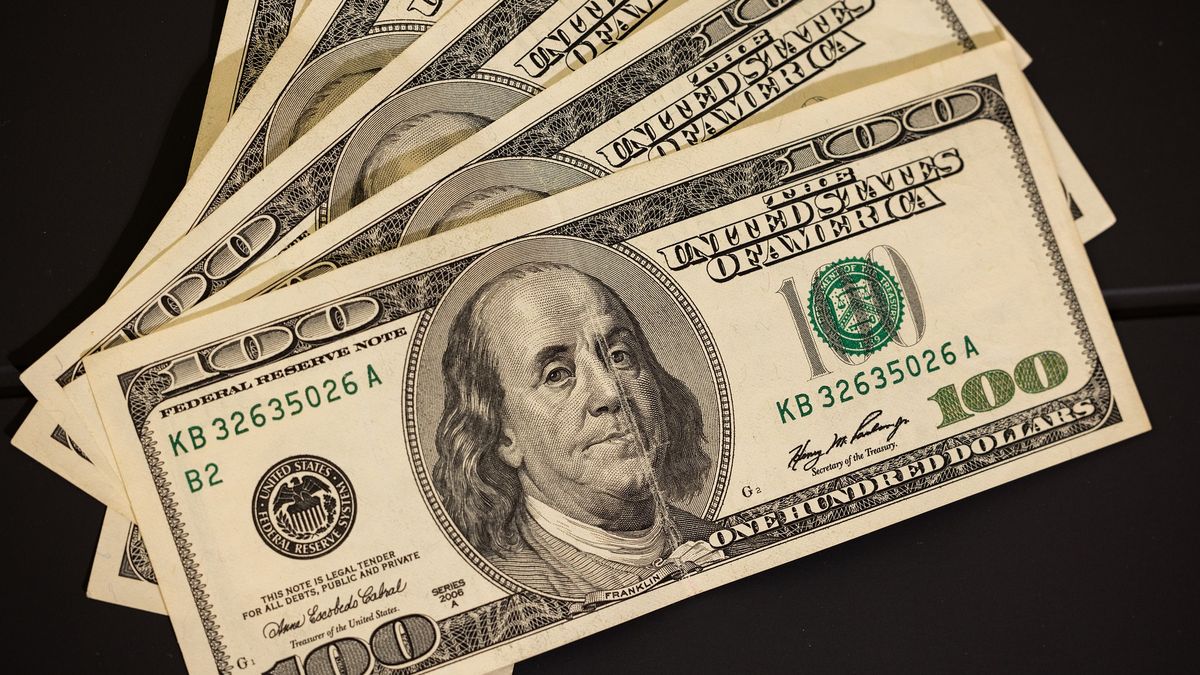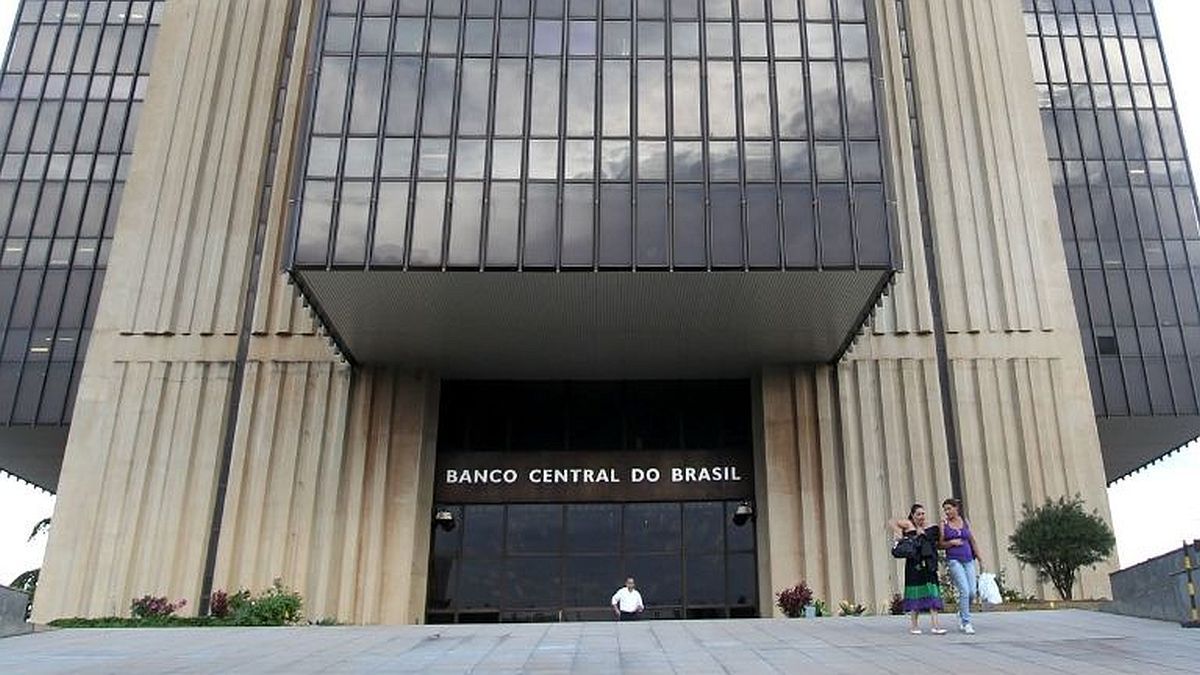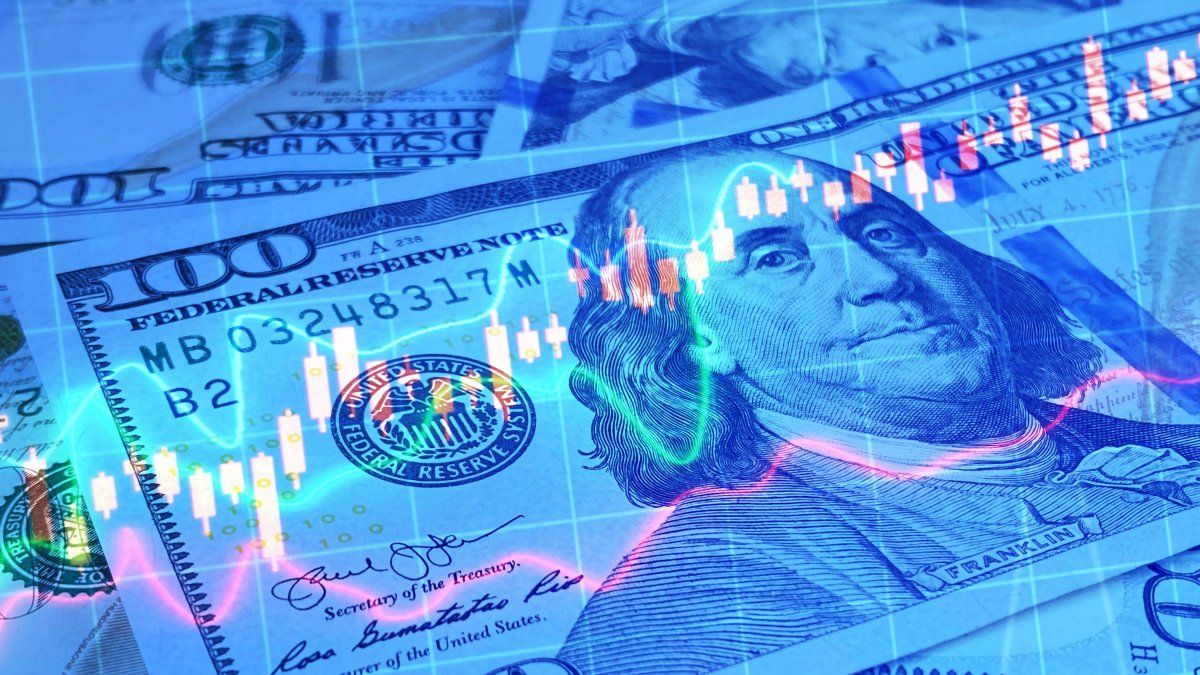Consequently, the euro strengthens, rising 0.3% on the day to $12705. For analysts, the dollar’s downward turn could be due to month-end flows, which led investors to sell dollars in the last week. Improved risk appetite seen in equity markets may also be playing a role, as the US currency is considered a safe-haven currency.
The dollar weakens as emerging market currencies rise and the Treasury yield curve flattens as markets calm, following earlier aggressive messages from the Fed.
In the quarterly report on monetary policy, the central bank pointed out that “the change in the macroeconomic scenario towards one of higher inflation and risk regarding the anchoring of its expectations implies that the space to maintain the monetary stimulus continues to shrink.” The technical team of the issuer projects that inflation will end in 2022 at 4.3% and at 3.4% in 2023. It revised its 2022 GDP growth estimate downward to 4.3% from 4.7% previously, and sees a 3.1% expansion next year.
The dollar also depreciated against its Japanese pair, to 114.635 yen, and hit a six-day low against the Swiss franc. The Australian dollar, meanwhile, fell sharply overnight after the Reserve Bank of Australia rejected expectations of short-term interest rate hikes until inflation is higher. However, it recovered early and is up 0.5% on the day at $0.7104. For its part, the British pound gained 0.3%, to US$1.3488.
Source: Ambito
David William is a talented author who has made a name for himself in the world of writing. He is a professional author who writes on a wide range of topics, from general interest to opinion news. David is currently working as a writer at 24 hours worlds where he brings his unique perspective and in-depth research to his articles, making them both informative and engaging.




